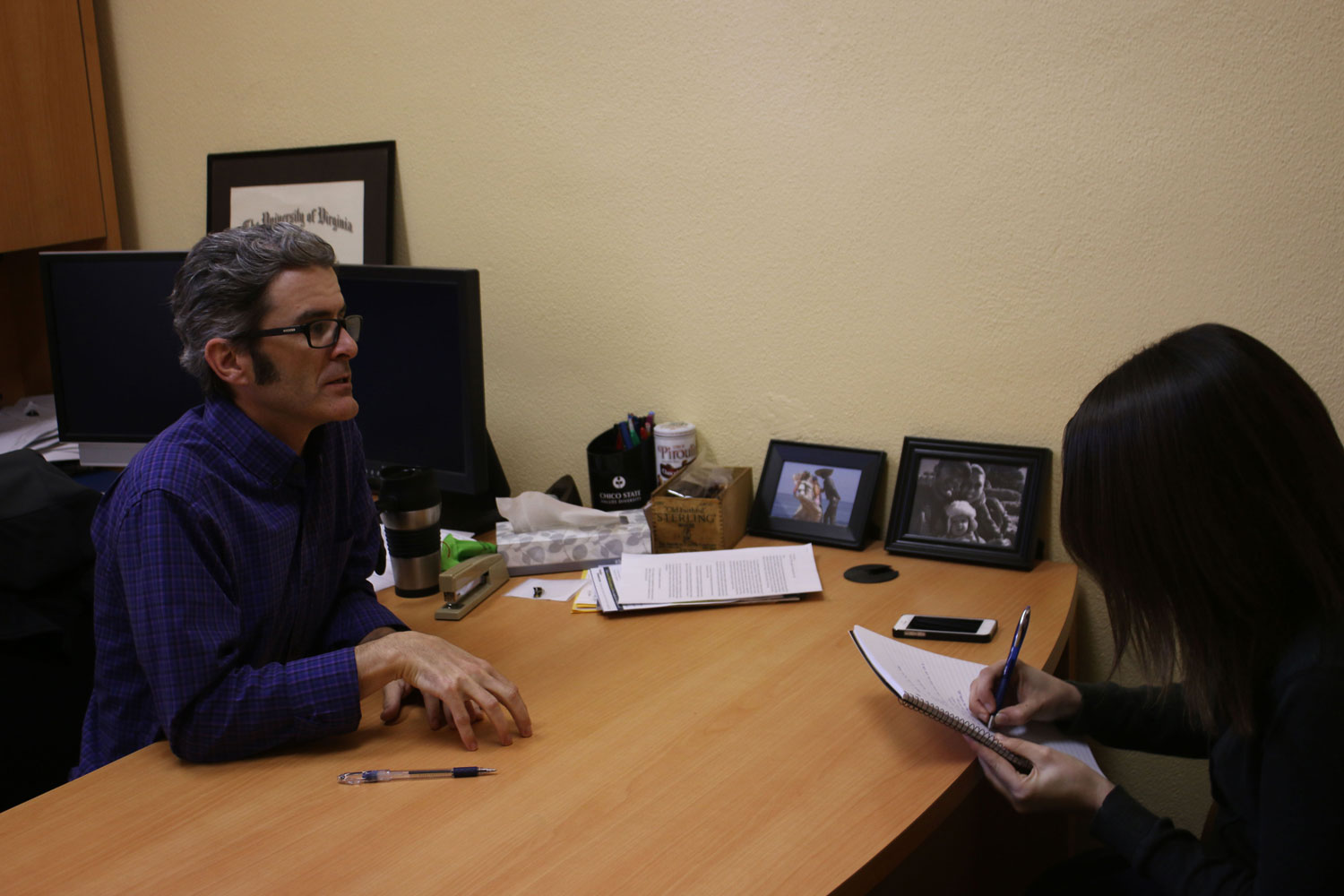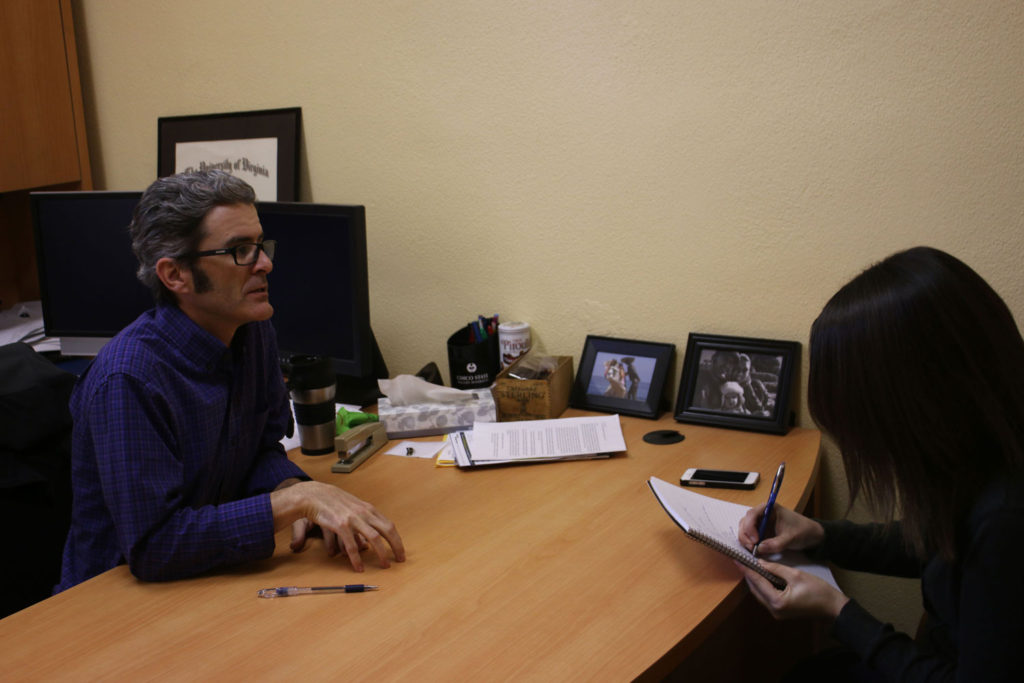To craft the perfect press release, newsletter article or blog post, PR pros must know how to effectively interview insiders. The following eight tips will help you get the most out of your sources, from business executives to eccentric chefs.
1. Don’t limit your notes to a Q&A format.
It may seem logical to write down all of your must-ask questions with three or four lines in between for responses, but this format can limit the flow of conversation. It’s easy to forget about follow-up questions if you’re focused on making your way down a list.
Instead try writing your most important questions at the top of the page for reference. As you interview, note which questions you still need to ask, and work them in when the conversation slows.
2. Be personable.
It can be very awkward if an interviewer asks question after question and never looks their source in the eye. Ask follow-up questions, show interest and if you’re meeting face-to-face, remember to look up often.
3. Establish purpose.
Make sure your source understands the purpose of the piece you are writing. If you hope to capture the personality of a business owner for a feature story, don’t let your source talk finance for 20 minutes.
4. Limit initial research.
PR pros sometimes serve as translators between industry experts and the public. It’s important to have a basic understanding of the topic before an interview, but don’t do too much research.
It will be much easier to decide what information is important and what information needs to be simplified if you come to the interview knowing just enough to formulate effective questions.
5. Hunt down direct quotes.
Direct quotes establish credibility, express personality and add color to written work. Being mindful of possible quotes during an interview will save you a lot of time in the writing process.
When your source says something particularly helpful, interesting or entertaining, glance at your recorder and jot down the time elapsed. This way it’ll be easy to replay that part of the conversation and get a strong, accurate quote for your piece.
6. Get personal-ity.
When writing a piece in which a person is the subject, remember to capture the individual’s personality.
Ask personal questions, get your source’s opinion and, when possible, observe your source’s nonverbal behavior. What are they wearing? Do they have an interesting smile, laugh or habit? Some of the best feature story leads are drawn from personality.
7. Ask for help eliminating jargon.
Save a lot of time translating terms by asking your source to explain industry jargon in common language. Don’t worry about sounding uninformed, and ask a few questions that focus on the general public’s understanding.
8. Observe your subject in action.
When time allows, witness your subject at work. Whether you’re in the kitchen with a local chef or exploring the features of a new tech item, it’s easier to report on what you’ve seen firsthand.
Keep in mind that as you interview, your sources are observing you in action. Consider these tips to improve your interview conduct and impress the people who supply you with interesting content.
By Jessica Barber, Account Executive



